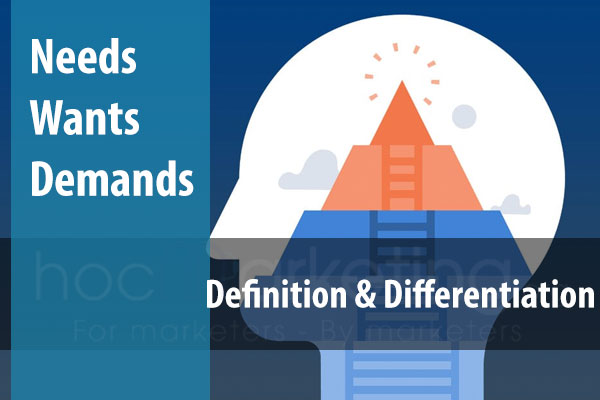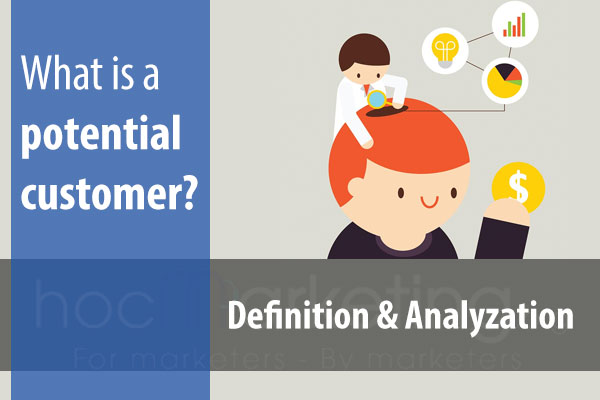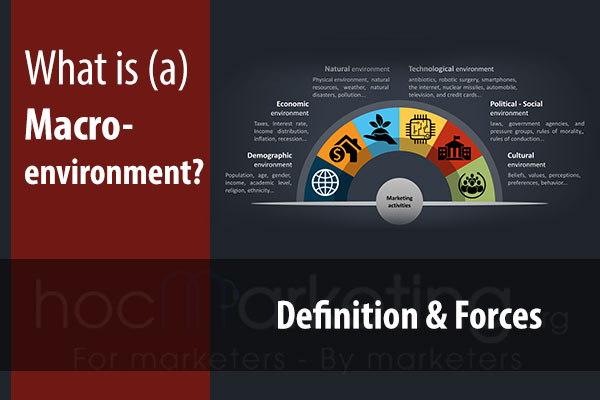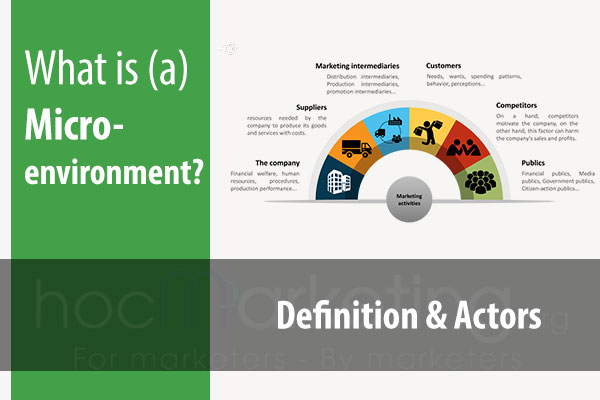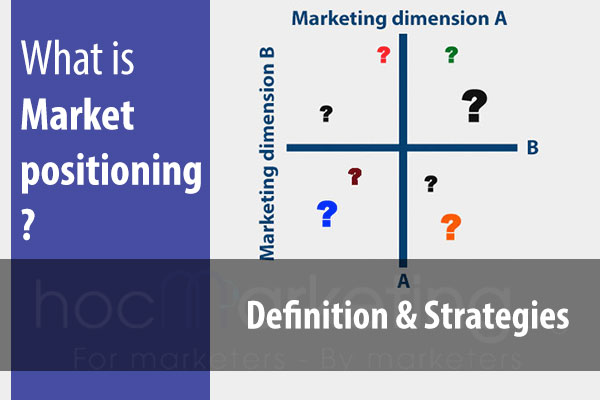
Brand Development Index (BDI) - Defining the strength of a brand

Brand Development Index (BDI) is often used for defining the strength of a brand in Marketing. In this blog post, we are going to find out what Brand Development Index (BDI) is and how to calculate this indicator.
Have you ever wonder how to calculate the strength of a brand? How to define which is the stronger between two brands? Is there an indicator showing the current status of a brand in a market? The answer is: "Yes, there is Brand Development Index (BDI)". In this blog post, we are going to find out what Brand Development Index (BDI) is and how to calculate this indicator.
What is Brand Development Index (BDI)?
Brand Development Index (BDI) is an indicator which measures the strength of a brand in a particular market. BDI takes into consideration both market communication factor and consumer perception.
Short history of Brand Development Index (BDI)
In a world turned toward brand communication, it is essential to have an indicator which measures the strength of a brand. In 1987, Theodore Levitt, the Harvard professor who also wrote for HBR and The Journal of Marketing published his work called "The Globalization of Markets" describing an Index designed by James Heekin as well as the development and application of the "Brand Development Index" as part of a research project at JWT in 1988. Heekin's work was based on Levitt's article and he later integrated his own methodology to it, after having discovered that it was not possible to measure Levitt's hypothesis.
Nowadays, the Brand Development Index (BDI) is the most used and accurate brand strength indicator, according to the website www.brand-index.com .
Roles of Brand Development Index (BDI)
Brand Development Index (BDI) helps businesses in these cases:
Brand Development Index (BDI) helps business define its position in the market.
By comparing the company BDI with competitor's BDIs, it is possible to define a company position in a specific market. For instance, the BDI of Coca-Cola is higher than Pepsi's BDI, so it is possible to say that Coca-Cola has greater brand strength than Pepsi does.
BDI helps marketing managers discover which strategy is the right one for the brand.
Based on the BDI of a brand in any particular market, it is possible to recommend some changes and thus improve the results on that market. If BDI falls below 50, then a change should be implemented as soon as possible! And if BDI rises above 100, it is time to stop investing in that market.
BDI shows how changes on a brand affect its power and market share.
When new marketing investments are proposed, it is possible to measure their impact on the company BDI, as well as the potential impact of these changes on sales volume.
How to calculate Brand Development Index
BDI of a brand in a particular market can be calculated using this formula:
[% of brand's total sales in the market] / [% of total population in the market] x 100
Example of a Brand Development Index.
Just imagine that you are going to calculate the BDI of iPhone in a city A. You have some statistics as below:
- City A population: 500,000
- The whole country population: 20,000,000
- iPhone sales in city A: 30,000
- iPhone sales in the country: 1,500,000
According to the formula:
iPhone BDI in city A = [3,000/1,500,000] / [500,000/20,000,000] x 100 = 80.
Differences between Brand Development Index (BDI) and Category Development Index (CDI)
1. A Brand Development Index (BDI) shows the strength of a brand in one particular market, while a Category Development Index (CDI) measures the power of a brand as well as its competitors across many markets.
2. To calculate CDI, it is necessary to know the company's market shares on all those markets where it is present, while it is not necessary to know competitor's market shares in order to calculate BDI.
3. A company's Brand Development Index (BDI) from year to year indicates whether there were any significant changes in brand strength during this period of time which may or may not affect sales volume. A Category Development Index (CDI) from year to year shows changes on a company's competitive strength during this period of time which may or may not affect sales volumes as well.
4. A single brand can have several CDIs, but only one BDI for each market it is present in.
Conclusion
In this article, we’ve discussed how the power of your brand can be measured and what impact that has on marketing strategy. We hope you found it informative and look forward to seeing your comments below!






